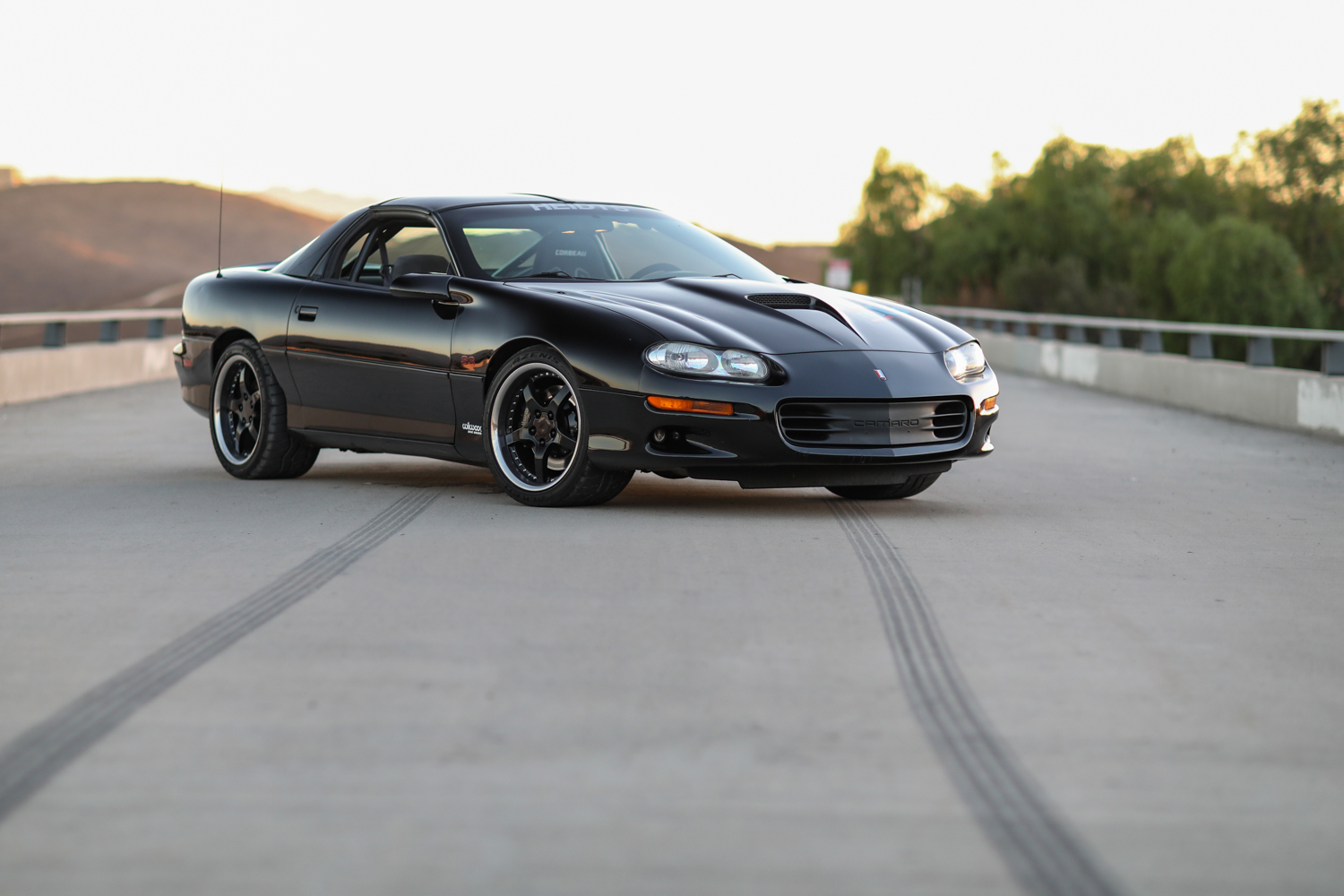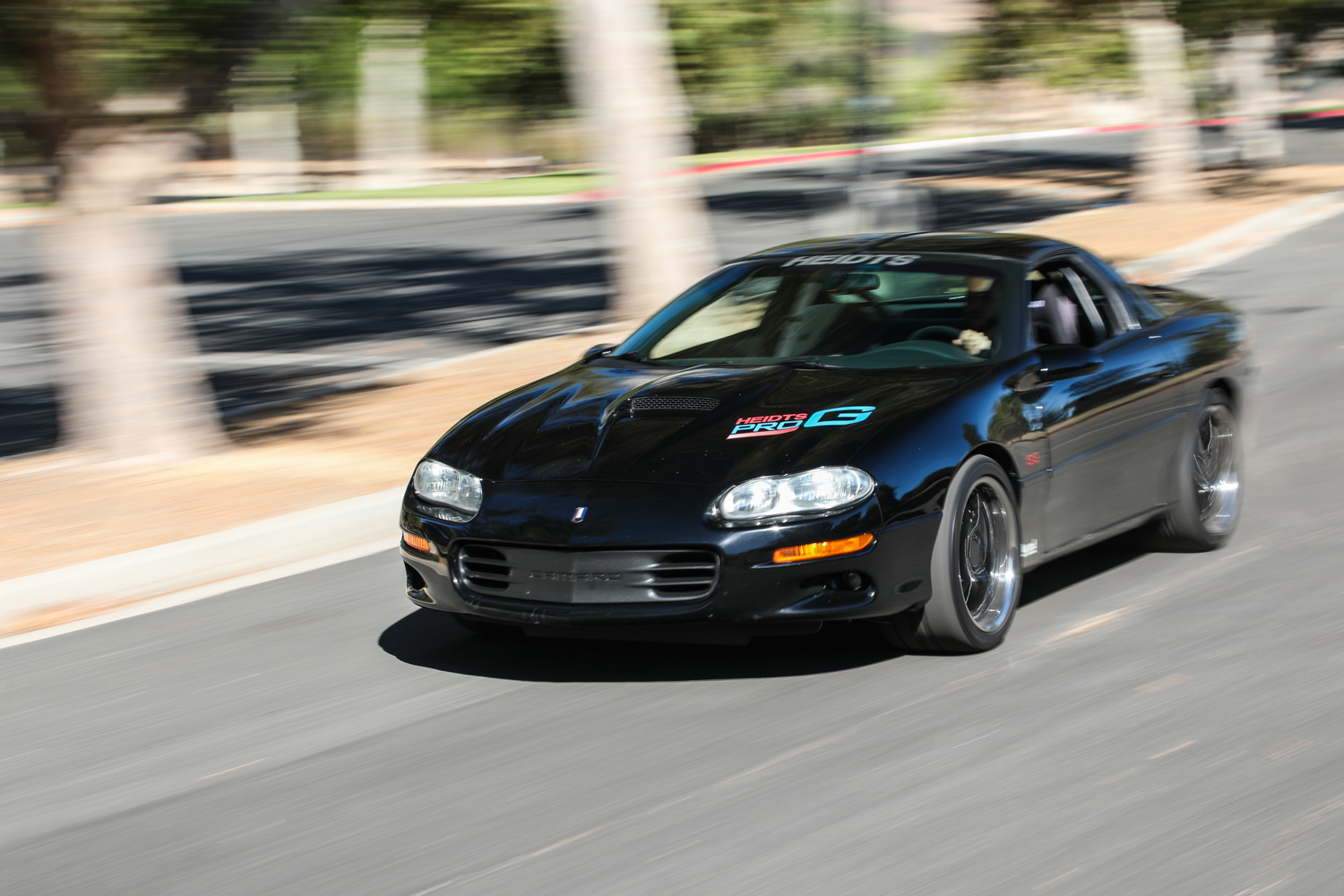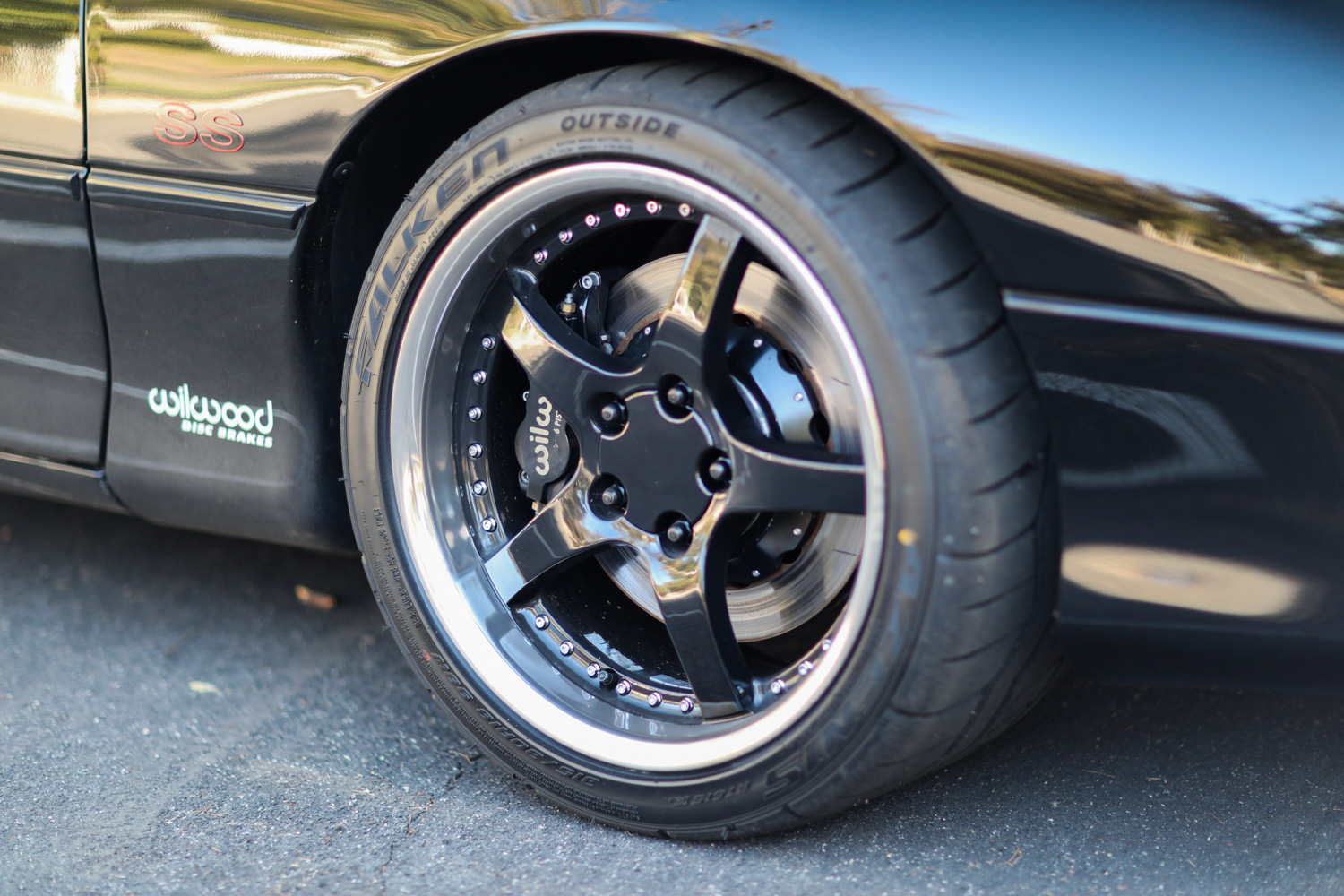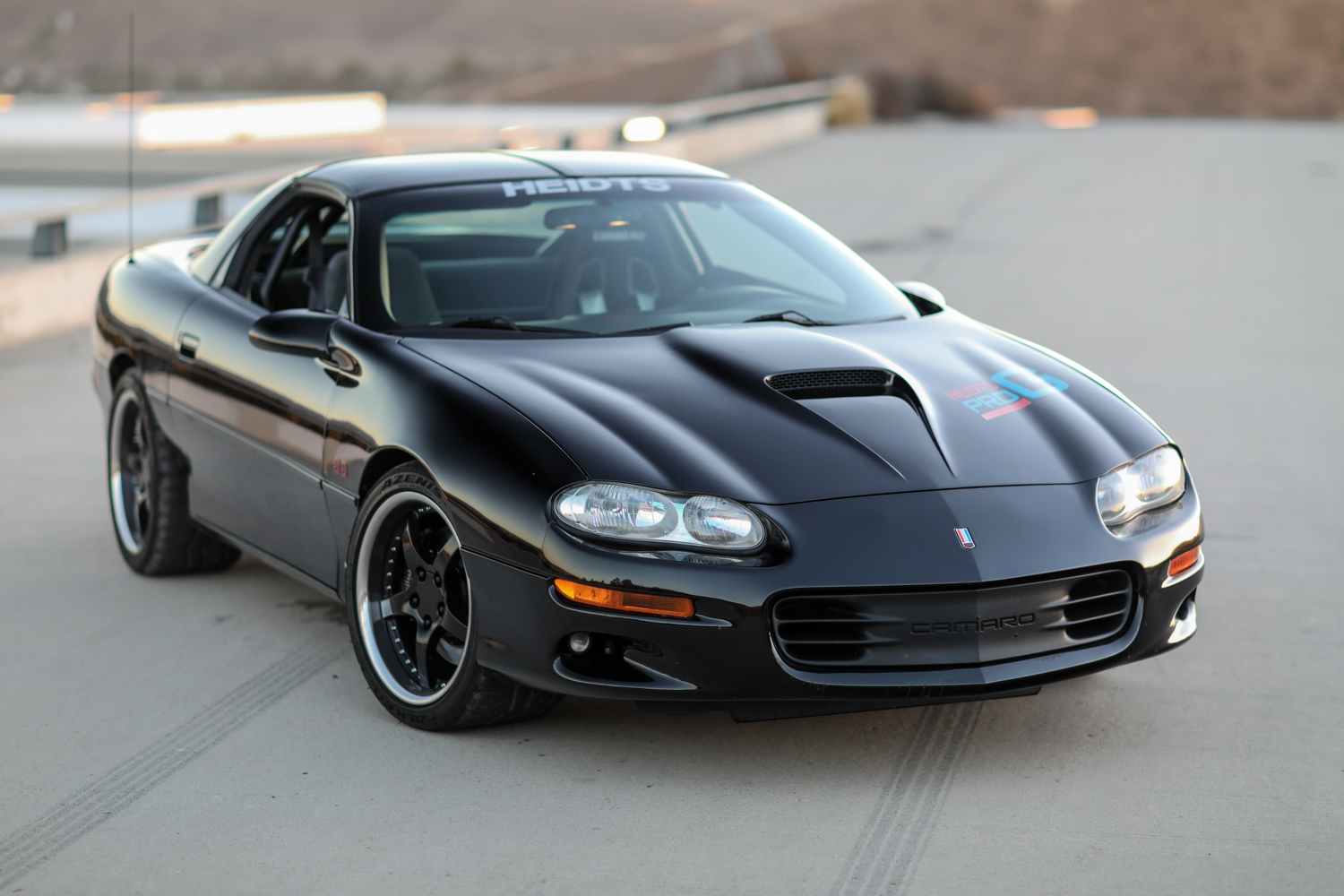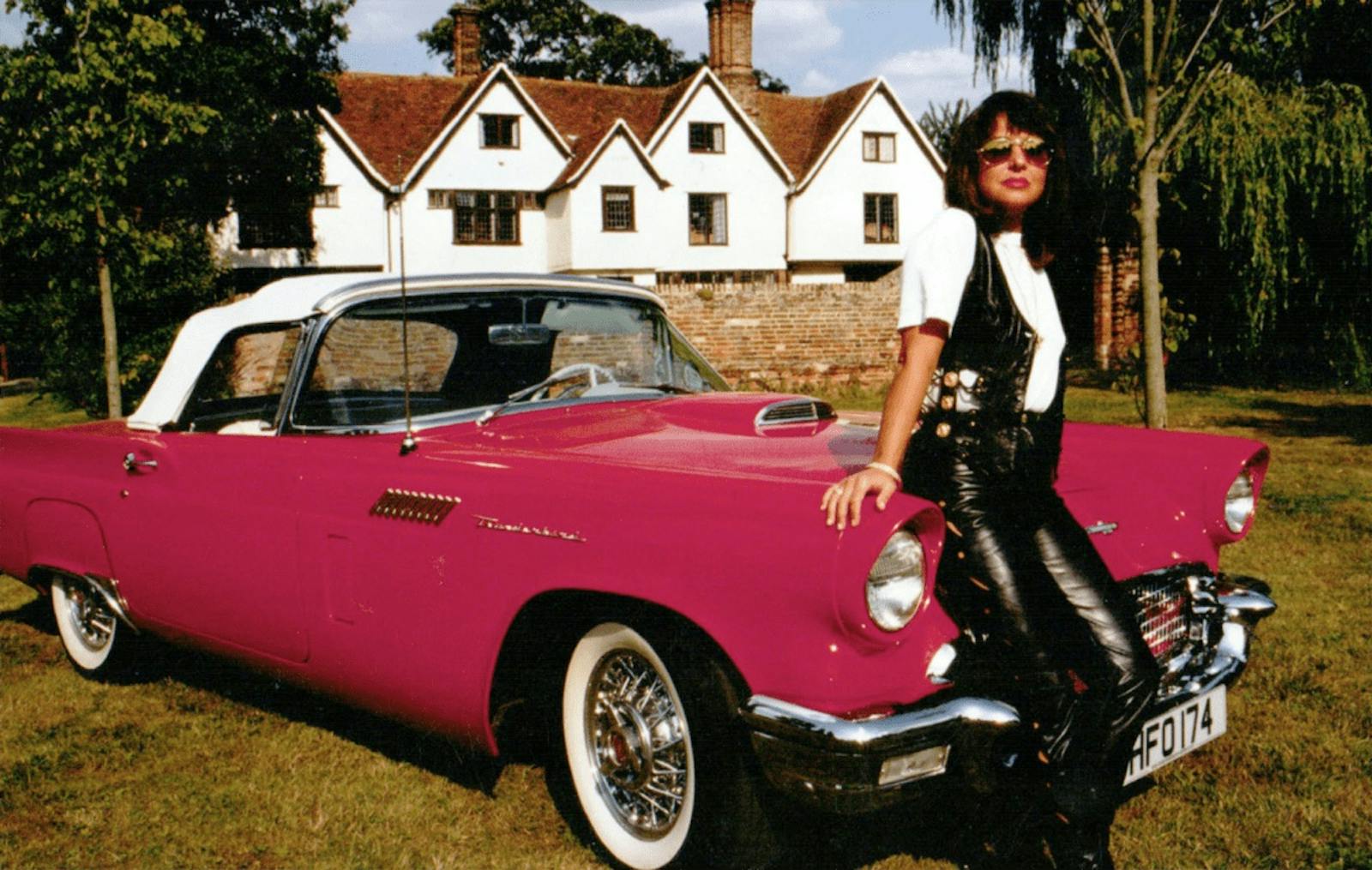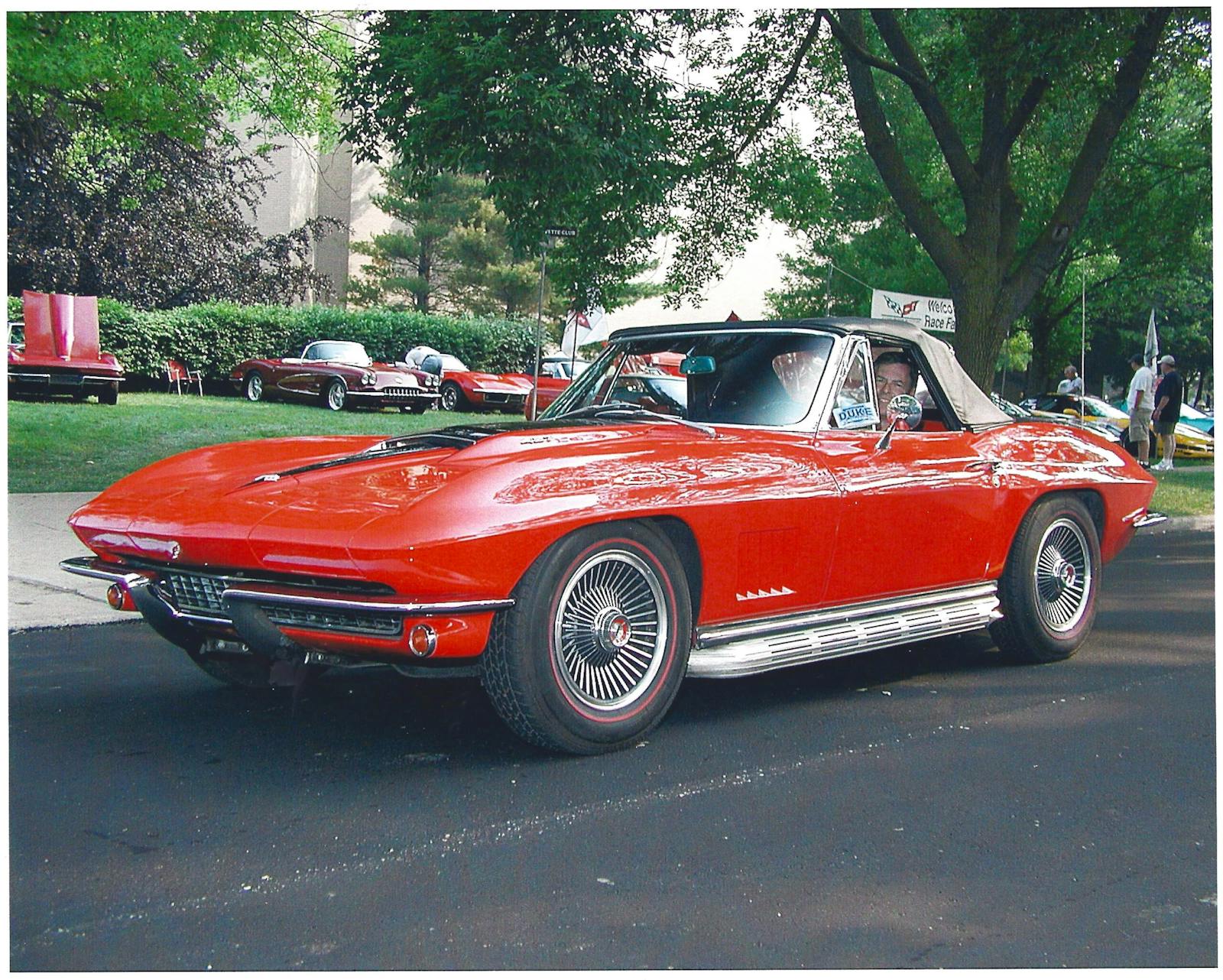A fourth-gen Camaro with a healthy dose of Corvette suspension
While the fourth-generation Camaro and Firebird had styling that looked like it came straight from a concept car, the underpinnings were familiar to F-body fans. The live axle with trailing link and torque-arm rear suspension carried over from the third-gen F-body introduced in 1992, but the front suspension ditched its struts for tall spindles and upper control arms. Like the third-gen, the fourth-gen F-body received several upgrades over its 10-year run, with perhaps the most significant coming in 1998 when both Firebird and Camaro received the 5.7-liter LS1 V-8. Underrated at 305 horsepower in the Z28 and 320 horsepower in the SS, it was virtually identical to the 345-hp version of the LS1 used in the Corvette.
With a long production run and potent Gen II and LS small-block V-8s, there was always plenty of aftermarket support for the fourth-generation F-body chassis and engines, and although production ended 15 years ago, significant upgrades are still being developed for the platform. Most recently, Heidts adapted its Pro-G independent rear suspension (IRS) to fourth-gen F-bodies and invited us to drive a development mule fitted with the whole suite of tasty suspension upgrades.
Taking F-body Camaro suspension to new Heidts
The Pro-G IRS is the single largest component of the Heidts suspension and likely bears more responsibility for its improved ride quality than any other single piece. But in the grand scheme of things it’s just one part of the formula. This 1999 Camaro SS is equipped with DOM tubular upper control arms, fabricated lower control arms, and a tubular K-member, all from Heidts. The front suspension still uses the factory spindle, here upgraded with triple-adjustable Ridetech coilover shocks. Heidts’ subframe connectors and transmission crossmember are also bolted up for additional reinforcement.
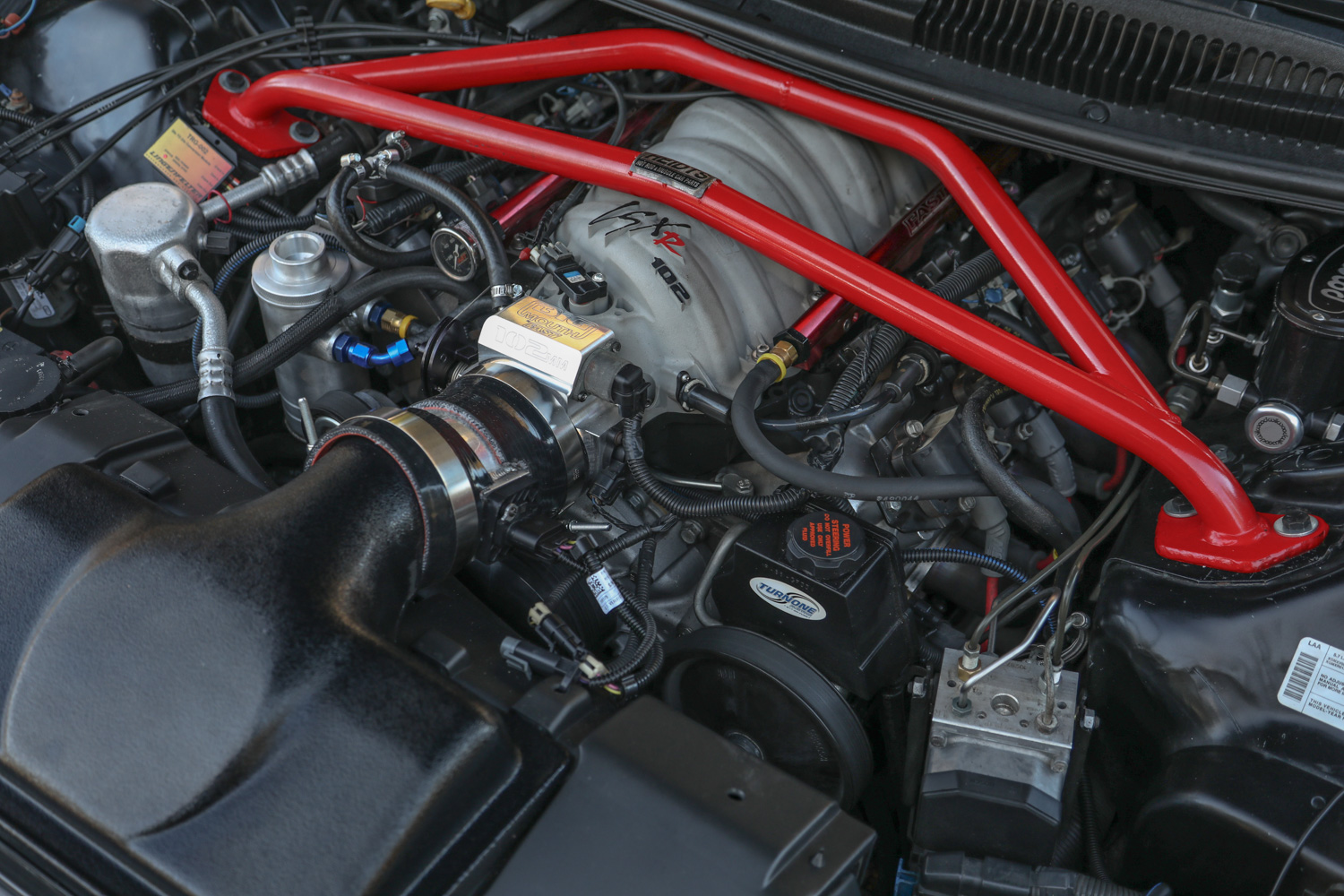
Under the hood, a Heidts shock tower brace ties into the cowl, further reinforcing the chassis. It bridges over a hot-rodded LS3 from Chevrolet Performance that inhales through a FAST intake manifold with a 102-mm throttle body and exhales out a set of 1-7/8-inch Texas Speed long-tube headers. Ported heads and bigger cam give it more room to run in the upper rev range, and it really comes alive after 3000 rpm.
Behind it is a T56 Magnum transmission, which is what the aftermarket calls a Tremec TR6060. (You’ll find a similar transmission in a sixth-generation Camaro SS.) Of the few parts that weren’t supplied by Heidts, there’s the road-race-style roll cage from Alston Racing with crossbar for the five-point harness, all working in tandem with a Corbeau seat to keep the driver planted and protected.
Behind the wheel
We drove exclusively on public roads and never really pushed the test mule to its limits, even driving hard through some canyons and on back roads. The car shoots right where you point it, while the all the rubber behind you reacts to bumps without upsetting the rear of the car. The biggest compliment we can give the Heidts IRS is that we don’t notice it. For as firm and responsive as the chassis is, it has the manners of a production car.

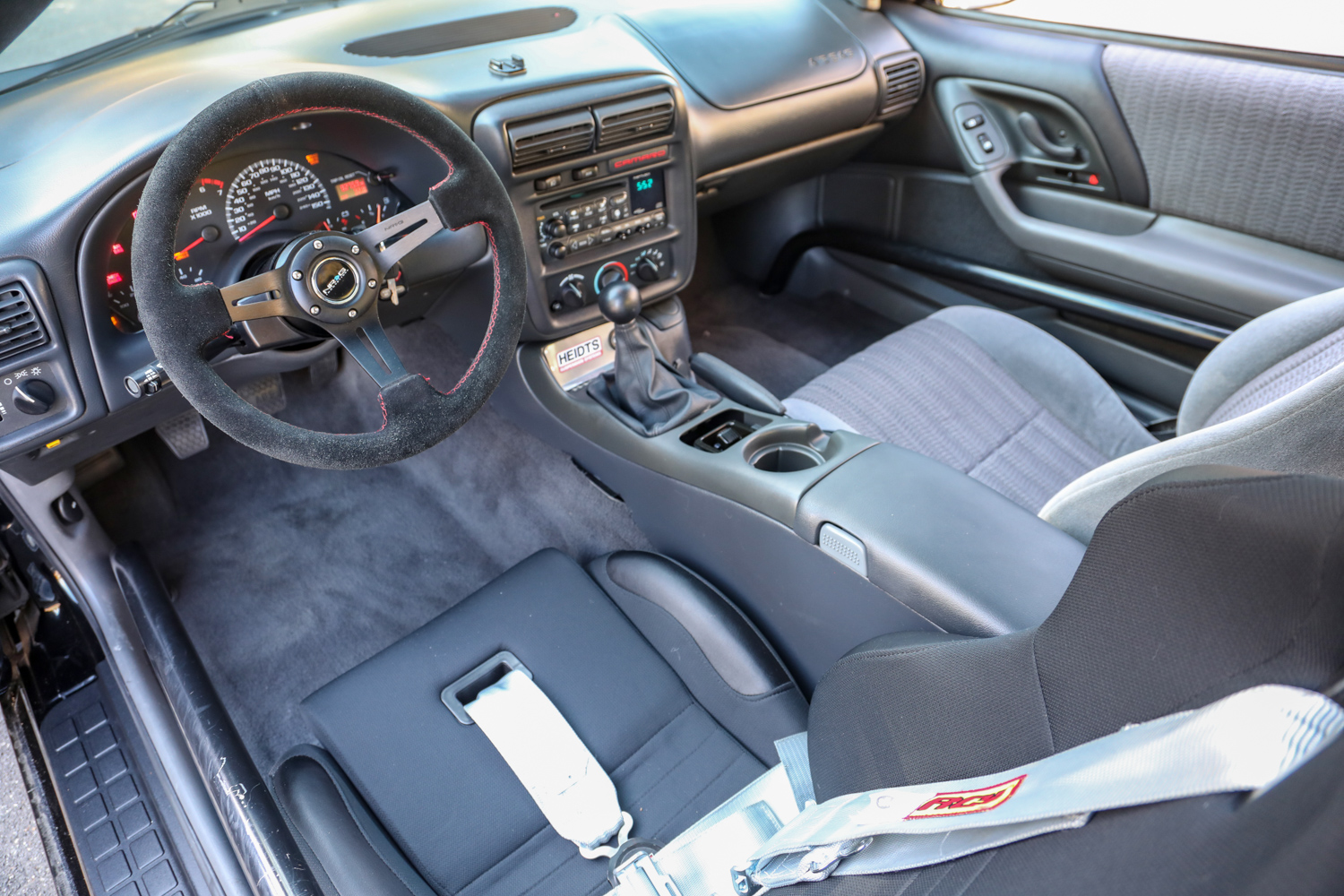

Yes, the dash is a Christmas tree of warning lights. The airbag is gone and there are half a dozen sensors that aren’t getting the right signal to keep them happy thanks the engine swap, but the steering and chassis react predictably and make it feel like a car that was engineered rather than bolted together with off-the-shelf aftermarket parts. In the case of this car, both of those things are true at the same time. It was built to work well with all of the parts installed as a unit—they complement each other. We’ve driven more punishing track cars that didn’t offer the kind of confidence that this beefed-up Camaro does.
The K-member, strut tower brace, subframe connector, and roll cage make the Camaro far more tight and responsive than you’d expect—definitely better than any 20-year-old car has a right to be. Even this T-top model, not known for its chassis rigidity, was free of squeaks and rattles even though, and as we mentioned, this is a test mule that was rough around the edges. The front suspension serves up tons of grip and the rear balances firm responsiveness with compliance far better than any live axle ever could. If the average car enthusiast can put an F-body like this together in their garage without hacking up the body shell of their beloved Camaro or Trans Am, it bodes well for the future of fourth-gen F-bodies.
There are two big hurdles that we envision keeping an enthusiast from building a Camaro in this mold. First, the Heidts independent rear suspension system isn’t cheap at around $5500 alone. Plus the fact that Heidts’ IRS and the wide rubber that comes with it would inevitably look better under a Firebird Formula or Trans Am. But that’s just our inner Pontiac geek talking.
